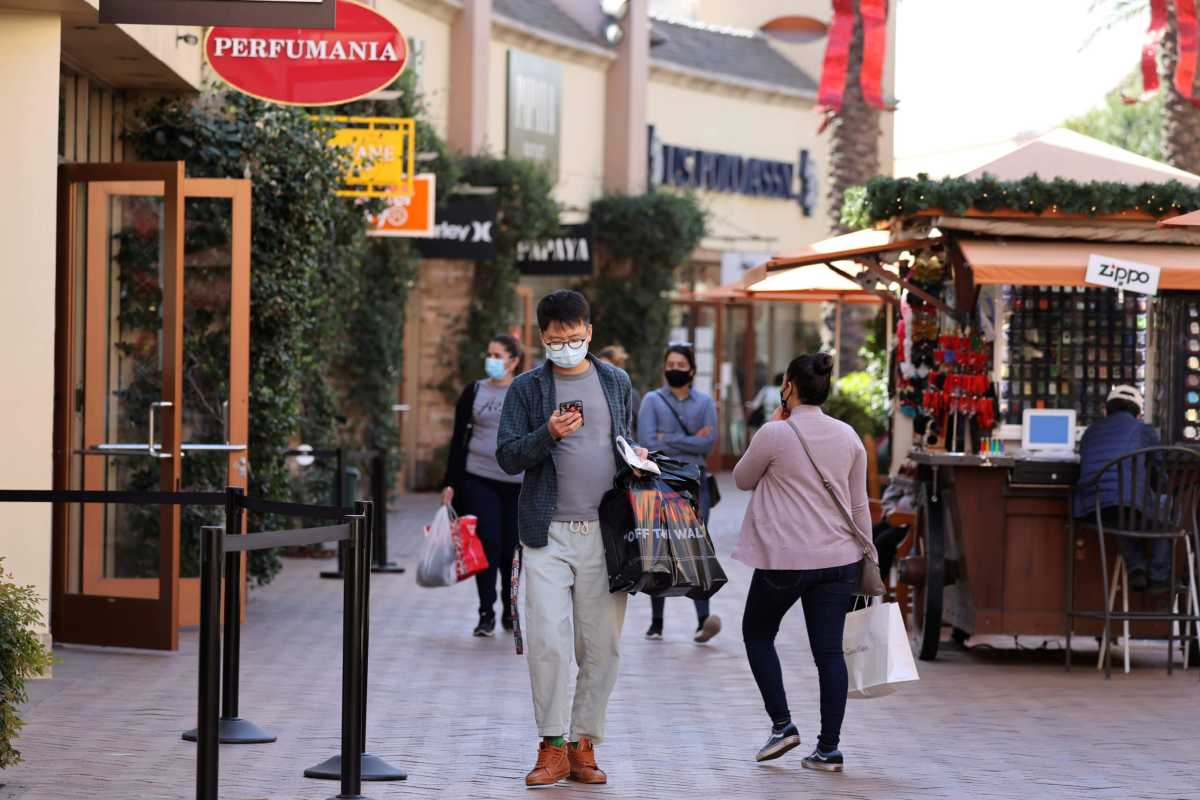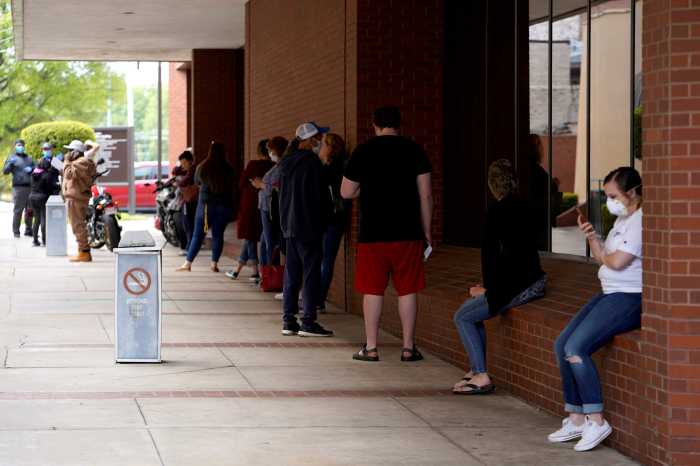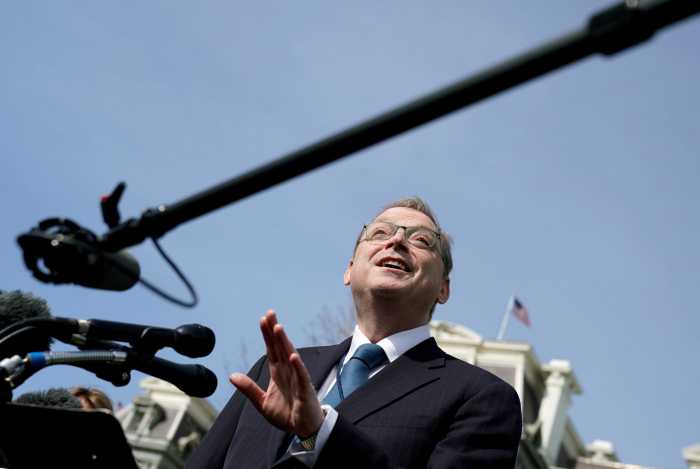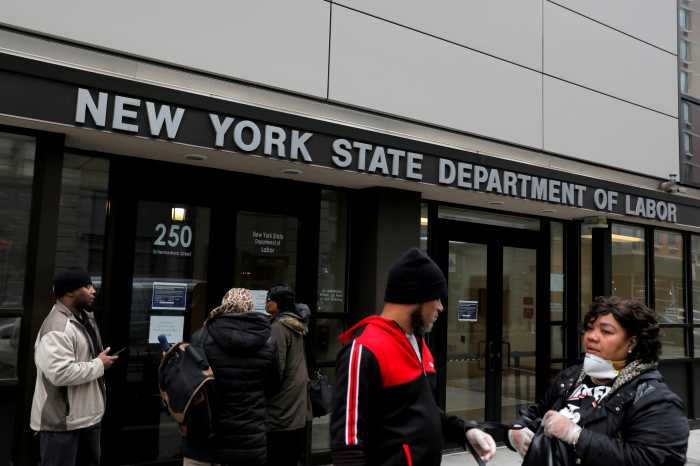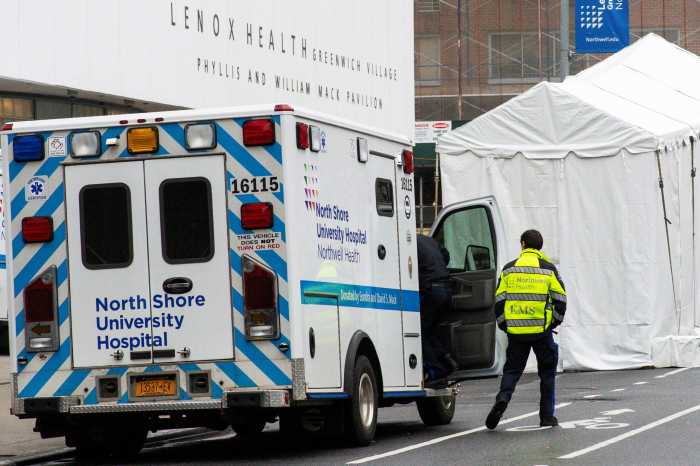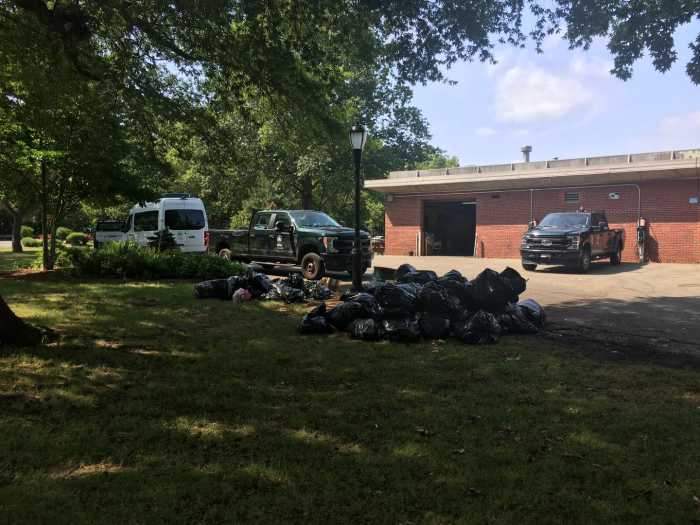By Jonnelle Marte, Reuters
U.S. consumers struggled to access credit this year and felt less prepared to meet unexpected costs, with applications for credit cards plunging the most, according to a survey released Monday by the New York Federal Reserve.
Consumers of all ages and credit scores showed lower demand for credit cards. But those with higher credit scores continued to apply for mortgage loans and refinancing, which were made more affordable by lower interest rates.
The report reflected how some households have struggled financially in a year when the global pandemic left millions of Americans out of work and low-income workers bore the brunt of the job losses. It was a stark reversal from last year’s report, when applications for credit rose as people tried to take advantage of a record long economic expansion and low interest rates.
The share of consumers applying for credit cards dropped by 10.6 percentage points between February and October to 15.7%, the lowest since the survey was launched in October 2013. Applications for auto loans dropped by 3.2 percentage points between February and October to 11.6%, also reaching a new series low.
Mortgage loan application rates dropped to 5.5% in October from 6.7% in February, with applications falling the most for people with a credit score below 760. But applications for mortgage refinancing rose to the highest level in seven years, reaching 16.4% in October, up from 10.8% in February. The growth was driven by people with higher credit scores, the study showed.
Consumers also said they felt less prepared to deal with financial emergencies. The odds of being able to come up with $2,000 for a surprise bill over the next month dropped to 65.6% in October, the lowest since the survey launched seven years ago.
The New York Fed polls consumers about their credit expectations every four months and publishes one annual release summarizing trends from the past year.



